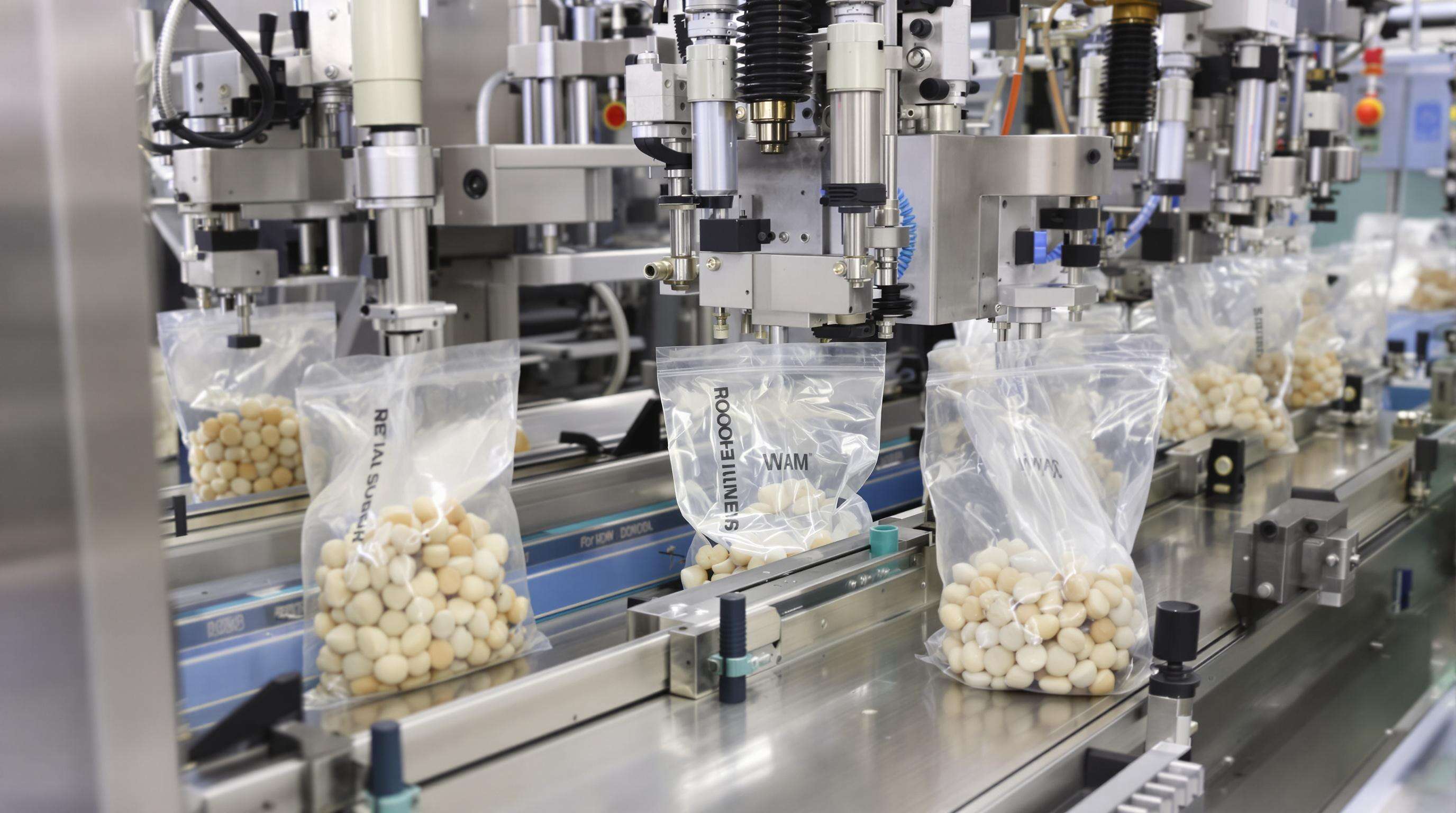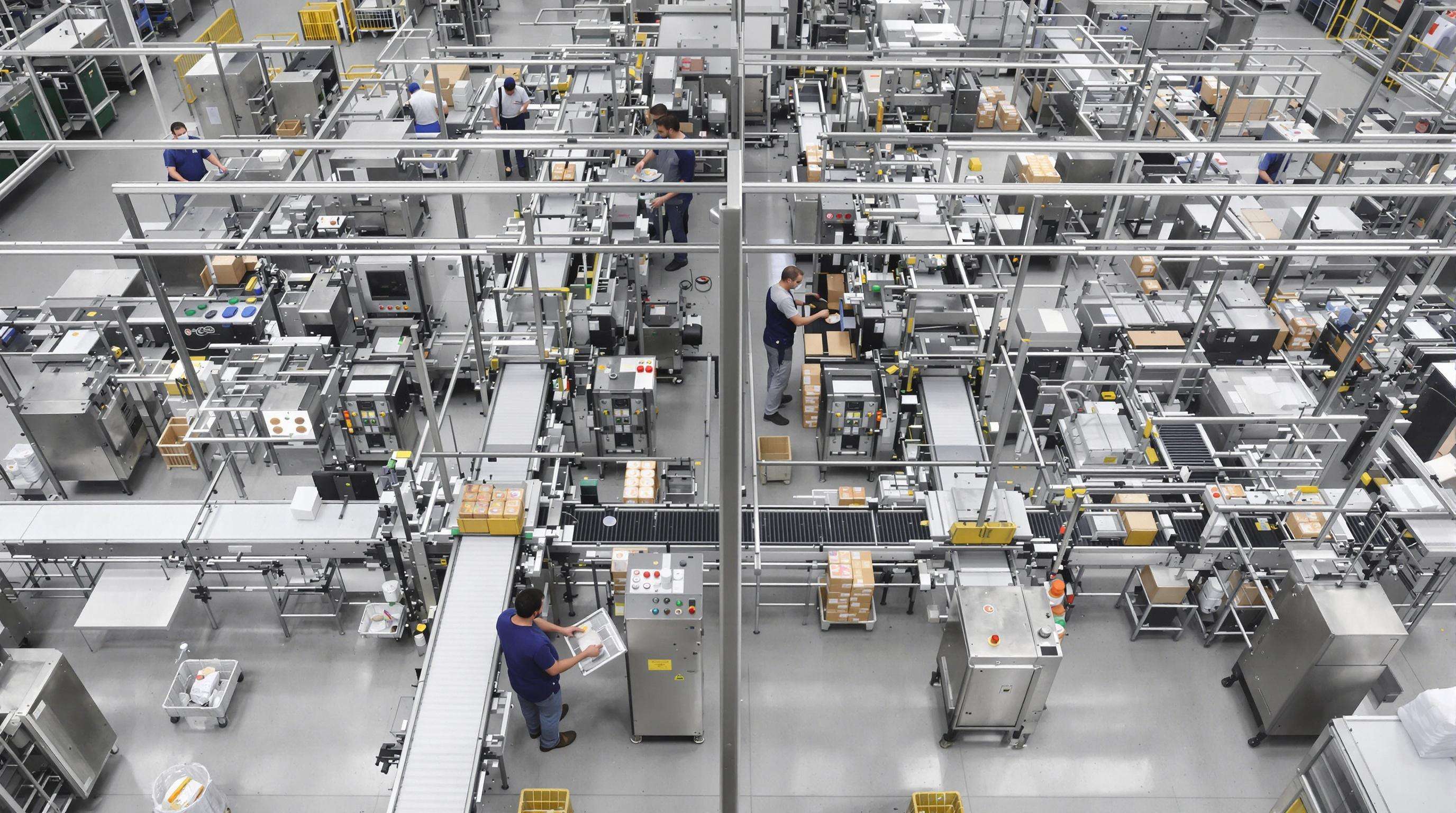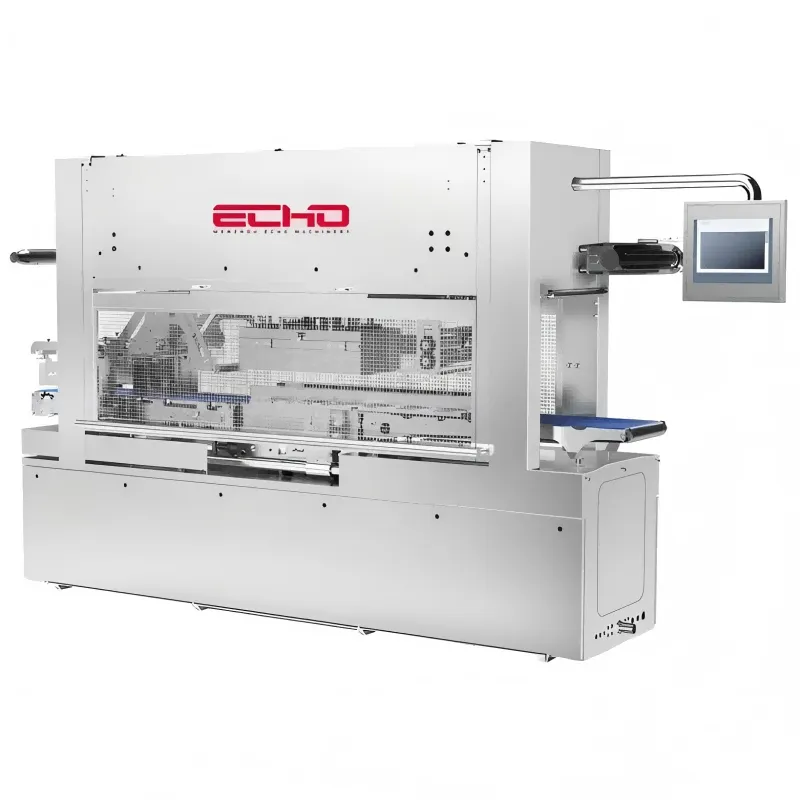Core Functions of Food Bagging Machines

Modern food bagging machines perform six essential functions to ensure hygienic, consistent packaging:
- Operational Control – Integrated systems manage timing, temperature, and mechanical coordination.
- Information Marking – Laser or inkjet coders print expiration dates and batch numbers directly onto packaging.
- Bag Formation – Precision guides mold flat films into three-dimensional pouches through heat or mechanical shaping.
- Vertical Sealing – Heated jaws fuse package sides at speeds up to 120 bags/minute.
- Horizontal Sealing – Cross-direction seals create airtight closures.
- Product Separation – Rotary blades or laser cutters isolate individual packages.
These systems achieve <6% packaging waste in optimized configurations.
Understanding Automatic Food Bagging Machines
Key Benefits: Labor Cost Savings and Error Reduction
Automatic food bagging machines reduce manual labor requirements by 40–60% compared to traditional workflows. Automated weight systems achieve 99.8% accuracy in portion control, while integrated sensors detect seal defects at 150 bags per minute. For facilities processing 10,000+ units daily, ROI typically occurs within 12–24 months through labor savings.
Operational Disadvantages in Small-Scale Settings
High initial costs ($75k–$300k) and technical complexity make automation impractical for facilities producing <1,000 bags per shift. Small businesses experience 18% longer downtime periods and require 45–90 minutes for recipe changeovers—a bottleneck for multi-product operations.
Data Insight: Efficiency Gains in High-Volume Production
Food manufacturers with 24/7 operations achieve 94% equipment utilization rates with automation, versus 68% for manual lines. Automated systems reduce per-unit packaging costs by $0.03–$0.12 when handling 20M+ annual units and enable 34% faster order fulfillment.
Examining Semi-Automatic Food Bagging Machines
Cost Advantages for Flexible Production Lines
Semi-automatic machines require 40–60% lower upfront investment than automated alternatives, ideal for:
- Quick bag size/style changes (<15 minutes)
- Irregularly shaped items
- Incremental throughput scaling
This flexibility reduces trial-phase equipment costs by 52% for new product launches.
Human Intervention Requirements and Limitations
| Factor | Semi-Automatic | Automated |
|---|---|---|
| Labor per 1k bags | 3.2 hours | 0.4 hours |
| Error rate | 1.8% | 0.3% |
| Max hourly output | 450 bags | 1,200 bags |
Manual feeding limits speeds to 60% of automated systems but benefits operations requiring visual inspection of delicate items.
Critical Comparison of Automation Types

Speed and Production Volume Considerations
Automatic systems exceed 120 bags/minute for high-volume production (10k+ units/day), while semi-automatic models peak at 40–60 bags/minute for flexible batch processing.
Precision and Quality Control Differences
Automated systems achieve <0.5 mm sealing accuracy (18% less waste than manual methods). Semi-automatic machines show 2.1% error rates during extended shifts.
Total Cost of Ownership (TCO) Analysis
| Cost Factor | Automatic | Semi-Automatic |
|---|---|---|
| Initial Investment | $220k–$500k | $45k–$120k |
| Annual Labor Costs | $12k | $48k |
| Maintenance | $8k/year | $3k/year |
Automatic systems break even after 3–5 years in high-throughput environments (8M units/year).
Food Bagging Machine Applications and Suitability
Scalability Benefits for Growing Businesses
Modular systems allow upgrades without downtime, supporting production increases from 500 to 5,000 units/hour. Vertical form-fill-seal (VFFS) machines enable 34% faster ramp-up compared to fixed alternatives.
Industry Paradox: Automation Adoption Challenges
Only 22% of small producers use automated systems due to space (15m²+) and cost barriers ($120k+). Semi-automatic models introduce throughput limitations (60% reduction for irregular shapes).
Strategic Factors for Selecting Food Bagging Machines
Assessing Production Volume Requirements
¢ 5,000+ units/hour: Full automation (60–80% labor reduction)
¢ <1,000 units/hour: Semi-automatic systems
Budget and Flexibility Trade-Offs
Automatic systems reduce waste costs by $18–25 per 1,000 units but require 3–5x higher investment. Semi-automatic models preserve capital for seasonal operations.
Future-Proofing Through Adaptability
Choose modular systems supporting:
- IoT performance tracking
- 20+ recipe storage
- 150–200% production growth capacity
Prioritize designs accommodating new packaging formats (68% of producers expand lines every 3 years).
FAQ
What are the primary benefits of automated food bagging machines?
Automated food bagging machines offer significant labor cost savings, reduced error rates, and efficient high-volume production capabilities.
Why might small-scale producers find automated machines impractical?
The high initial investment and complexity of automated systems may not be justified for smaller producers who manage less than 1,000 units per shift.
How can semi-automatic machines benefit growing businesses?
Semi-automatic machines offer cost advantages and flexibility suitable for businesses that need to quickly adapt production lines without incurring high upfront costs.

